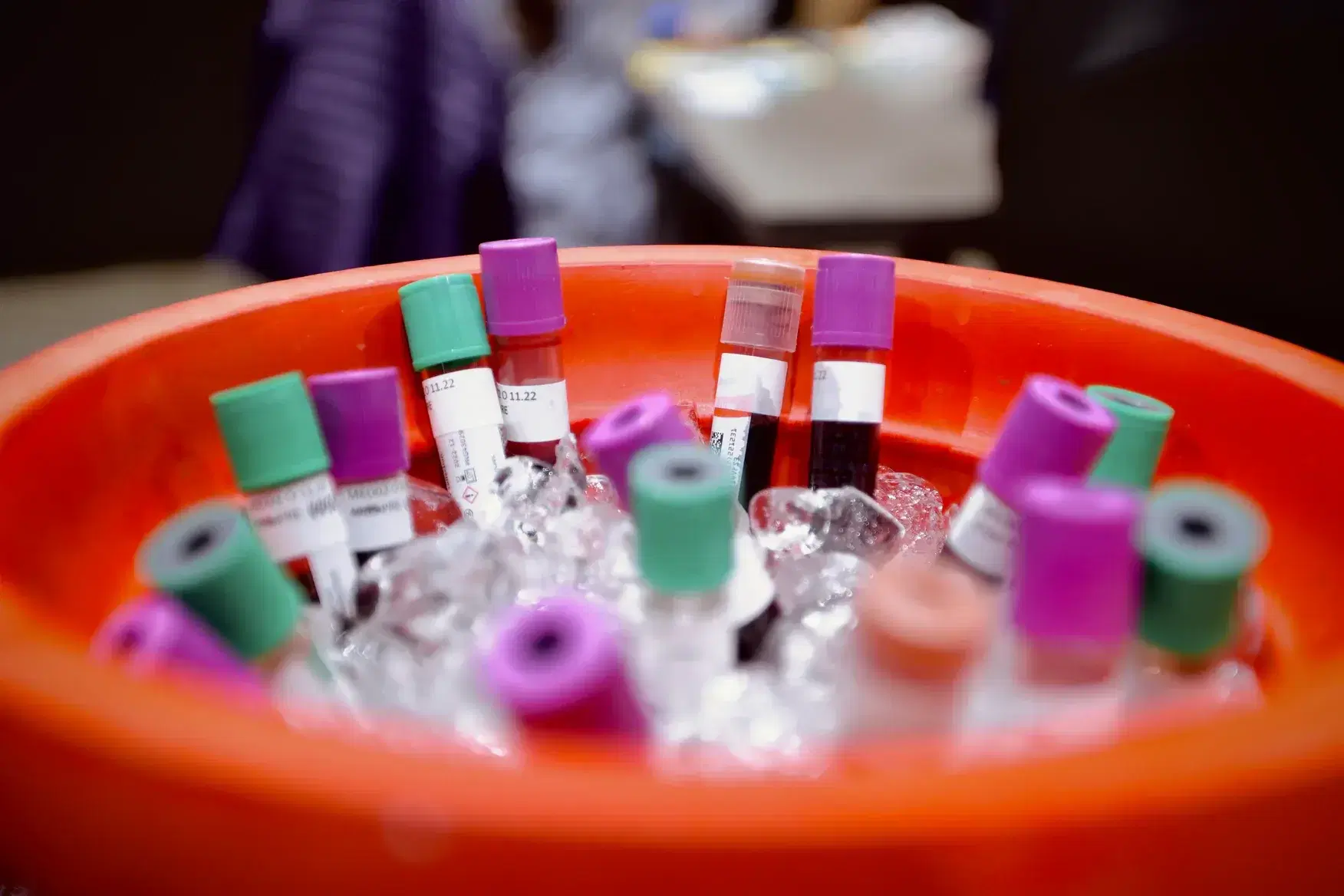UCSD:
Molecular & Biochemical Research Study...Update
Dr Joe Dispenza | 30 July 2021
Dr Joe partnered with the University of California, San Diego (UCSD) over a year ago to measure a host of biological markers to determine if meditation results in a biological signature to capture how the mind affects the body in novice and experienced meditators in our community. The initial study took place in February 2020 in Indian Wells, California, which was soon followed by a world pandemic and the slowing of routine activities, including research. The team at UCSD pivoted quickly and began studying the impact of meditation on SARS-CoV-2 infection and later continued with the original plan to define a biological signature.
SARS-CoV-2 took the world by surprise and led to several disruptions in the normalcy of life. Some evidence in the scientific literature as well as Dr Joe’s previous research suggests that meditation could lead to an improved immune system and potentially help fight off infections. Determined to test this, the group at UCSD made a pseudovirus that behaved like SARS-CoV-2. The pseudovirus contained the exact same spike protein from the SARS virus but was packaged into a non-toxic form, with an expression system for a red protein marker. This pseudovirus served two primary purposes: 1) since it did not contain toxic elements of the original virus (it only had the spike protein), it could be used in a routine laboratory -- without the need for a high biosafety level containment facility which is hard to find -- to track the infectivity of the virus, and 2) it could be easily tracked because if the virus gets into the cell, it turns the cell red. The group performed studies called "adoptive transfer" experiments where they took cultured lung cells and incubated them with plasma from the meditators both before and after a weeklong meditation retreat. The idea was that the meditative experience would lead to a change in the blood environment which would alter the way the virus typically behaves. Our interest was to expose the cells to a blood enviroment that has never seen meditation--in this case, the cultured cells. A jaw-dropping result was obtained where plasma from meditators following a weeklong workshop resulted in a significant decrease in viral entry into the lung cells. For some reason, the pseudovirus gets trapped on the cell's surface and cannot enter. The group went on to show that heating the plasma disrupts this effect, suggesting that the factor leading to this protection is likely a protein. The group has subsequently fished out the proteins that bind in this complex and are currently validating a target they think may be the critical factor induced by meditation that leads to limiting viral entry. The results are very promising. More to come on this in future updates.
As the laboratories opened, the group at UCSD got busy with the initial goal of defining a biological signature for meditation. They studied nearly 3000 metabolites and over 600 proteins in the blood plasma of meditators that participated in a weeklong advanced retreat. They were able to show that the most dramatic shift in many of those biological markers occurred when they compared the blood of the participants before the weeklong event began (pre) to after the event ended (post) in the novice meditators. The evidence demonstrates that the novice meditators were self-regulating their minds and hearts in a significant way.
Importantly, the data also shows that the biological signature of novice meditators looks more like that of experienced meditators following the weeklong retreat, suggesting that the beneficial aspects of meditation can be induced quite rapidly in individuals. However, the most striking effect we found was when we organized the data into a form we could easily look at. When we organized all of these changes by looking at just before and after meditation effects, we observed that the samples clustered based on effect.
We saw that most of the post-meditation changes clustered together with a significant correlation. This suggested that the experience of meditation created a biological effect. This is significant as we looked at a mixture of males and females, people of various ages, and people of various ethnicities. Even given these dramatic physical differences, following meditation, the blood environment of these individuals looks similar. This does not happen by chance. Changes such as these have significant implications for the power of meditation, the notions of coherence, and the synchrony of energy among individuals. The research group is very interested in understanding these ideas and is currently designing unique experiments to test these exciting observations and hypotheses to define the meditative experience better.
